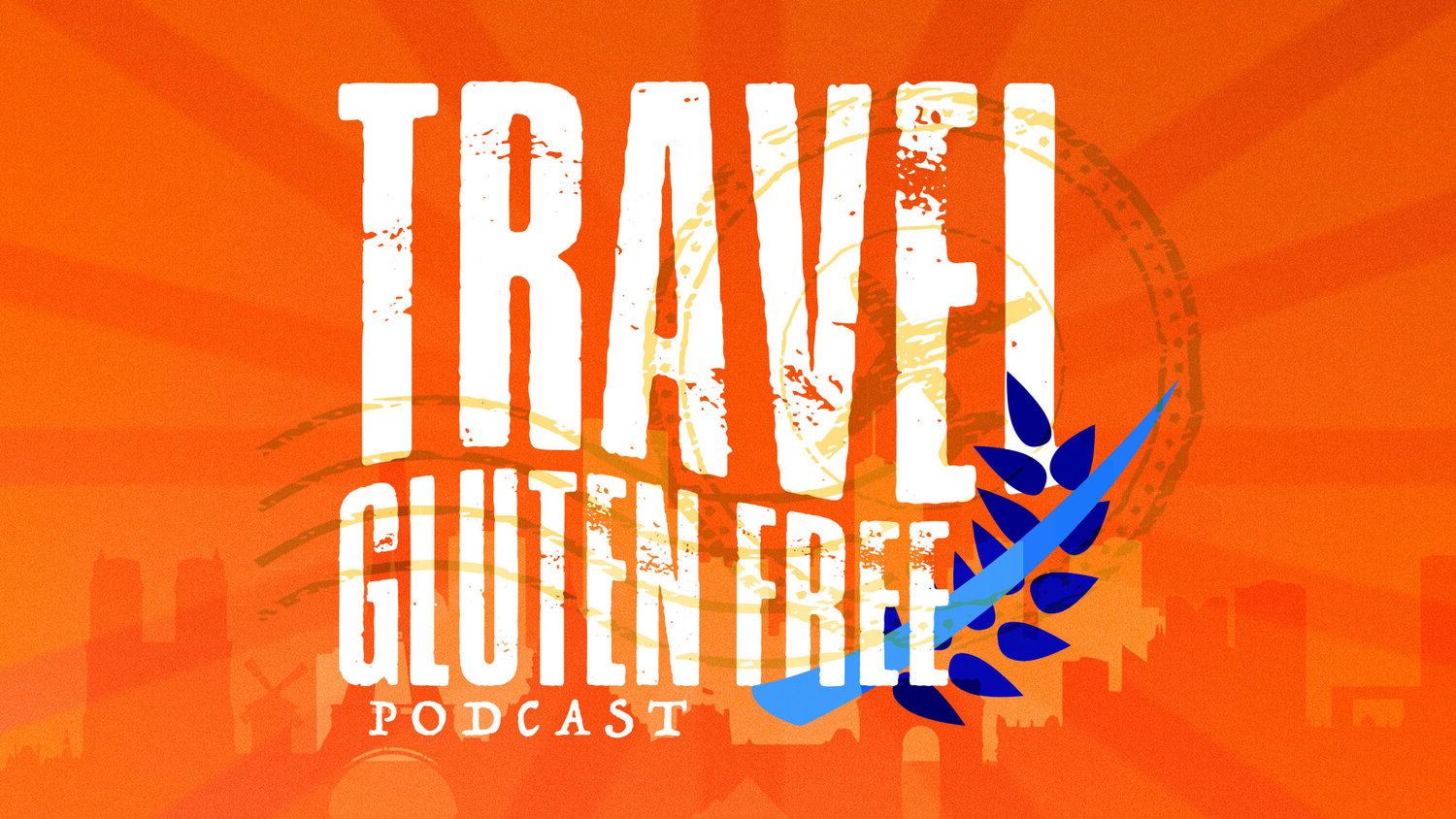How to Avoid Gluten When You're Traveling
If you’ve had celiac disease for a while, you already know how to avoid gluten. Accidentally ingesting gluten could be a sign, however, that you’re not being as careful as you should be. So, what should you do to avoid another accidental ingestion in the future? Here are some simple steps to start implementing now, if you haven’t already.
It’s tough to stay vigilant about your food when you’re traveling, but the repercussions of slipping can be pretty bad!
All Gluten Free Food is Not Created the Same
Your favorite pre-packaged snack in the United States or Canada may not have the same ingredients in Germany or Mexico. When traveling internationally, NEVER assume the ingredients are the same in different countries unless the packaged item you are eating is from a company that creates EXCLUSIVELY gluten-free foods.
There’s also the difference between gluten-free, certified gluten-free foods and gluten-free ones made in a factory with grains containing gluten, such as barley, wheat, triticale, or rye. If you’re Celiac, you don’t want to eat foods in a shared factory with foods that have gluten - this can make you sick! If you’re gluten-intolerant, listen to your body. If you eat these foods on shared equipment and still feel sick, then don’t eat them.
Certified gluten-free foods are safe for Celiac people to eat. The certification means that the food you buy has less than 20 ppm of gluten per serving. This is the safe level for those of us with Celiac disease to eat without getting sick.
Always check food labels to Make Sure All Ingredients are Gluten Free
First, look for the label “certified gluten-free.”Products with the certified gluten-free label are safe to eat for celiacs. FDA only allows packaged foods with less than 20 parts per million of Gluten to be labeled as certified gluten-free. Here is a reference for helping you understand what to look for on a label. Some sneaky gluten ingredients are: MSG (monosodium glutamate, modified food starch (unless it says corn or potato, assume it’s gluten), and maltodextrin (a modified food starch).
Keep a Gluten-Free Kitchen
You may need to keep separate utensils and cookware to avoid cross-contamination at home. You could also ask your travel companions to eat gluten-free the entire week to avoid cross-contamination if you use a shared kitchen on vacation.
Label Your Gluten Free Foods
If some of your family members don’t follow a gluten free diet, make sure everything is labeled so they know what they can and cannot touch. Items such as toasters, cutting boards, pots/pans, and other kitchen utensils must be kept separate at all times. An easy way to do this is to purchase neon stickers, such as those used for pricing items at yard sales. Pick a color to represent gluten-free food and put that color sticker on all gluten-free packages to quickly identify the food. I use neon green in my household, which is easily seen against the various food packages. This makes it especially easy for little gluten-free ones to find foods they can eat without hassle.
Be Proactive at Restaurants for Your Health
When you go out to eat, be proactive about choosing a restaurant that offers gluten-free options and follows precautions against cross-contamination. I always use Equal Eats cards when I travel to restaurants inside the US and the server doesn’t speak my language, or if I’m traveling abroad and eating out. You can also utilize the Find Me Gluten Free App to find safe restaurants to eat out when you’re traveling solo or with a friend or family. Insist eating at a safe location for you - you don’t want to get sick on your vacation because you ate at an unsafe restaurant.
Talk to Your Server About Your Gluten-Free Diet
In addition to finding a restaurant with gluten-free options, talk to your server and the manager about how to avoid cross-contamination. Ask your server to check with the chef, and confirm your food is gluten-free when it arrives. Tell your server you have an allergy (even though we really know we don’t have an allergy, but we need to speak to the unknowing sometimes), and eating gluten-free for you is not a choice; you will be highly sick if you eat gluten. Make sure to say ‘extremely’ before you get sick. I noticed this ups the concern with your server to correct your food order.
If your server is not concerned, or at any time you don’t feel safe eating at a restaurant, just walk out. It’s not worth the risk of getting sick, especially when traveling. Don’t worry about the feelings of the people at the restaurant. When the servers and staff of the establishment aren’t concerned about your health, that is not a place you need to be.
Find out more about how to safely travel gluten-free travel with my complimentary ebook, the Ten Tips for Traveling Gluten Free! You can also find out more details about how to travel via cruise, road trip, or camping and learn the freedom you can have when you know how to travel with Celiac disease when you grab my Guide to Traveling Gluten Free.


